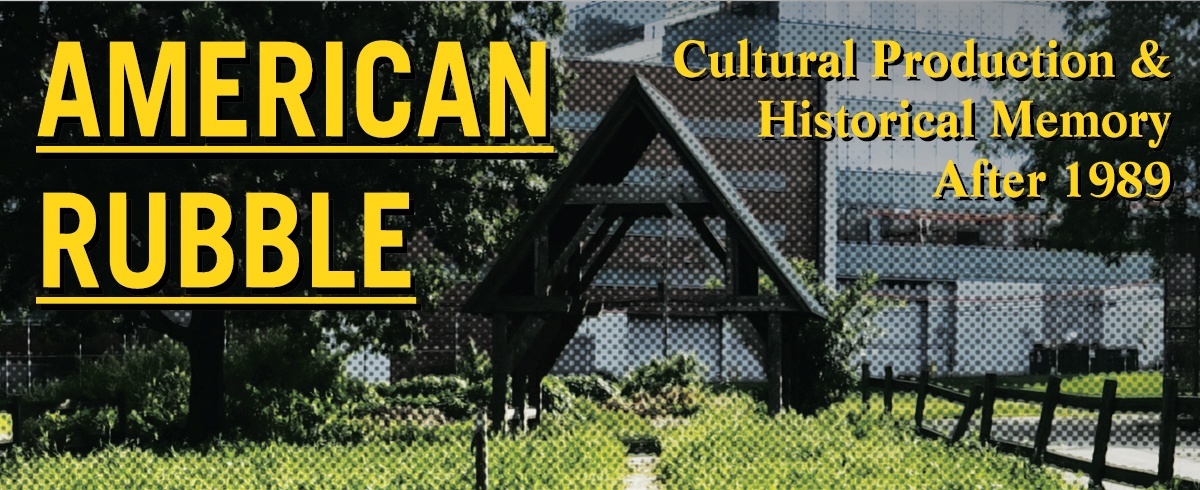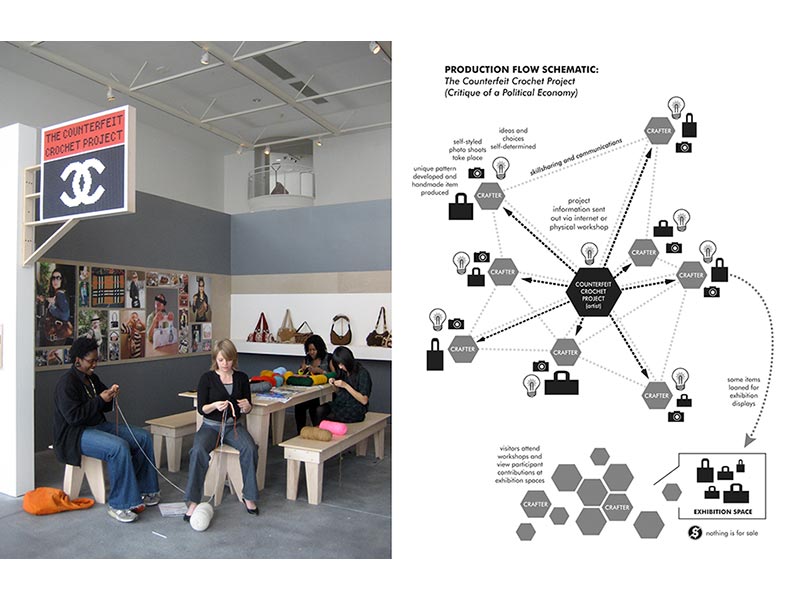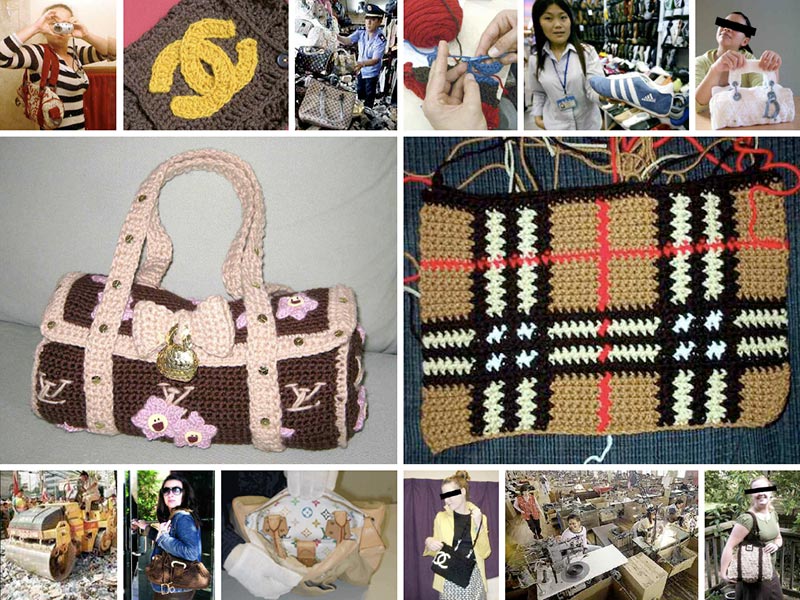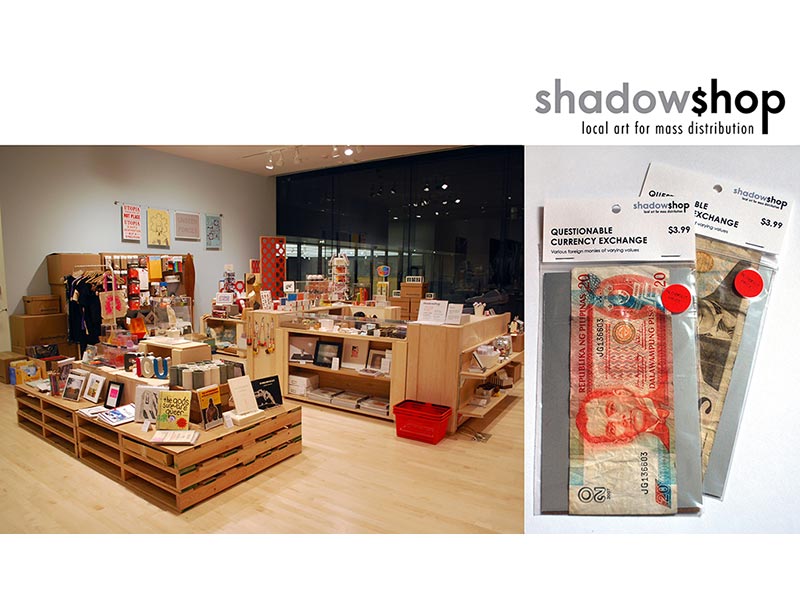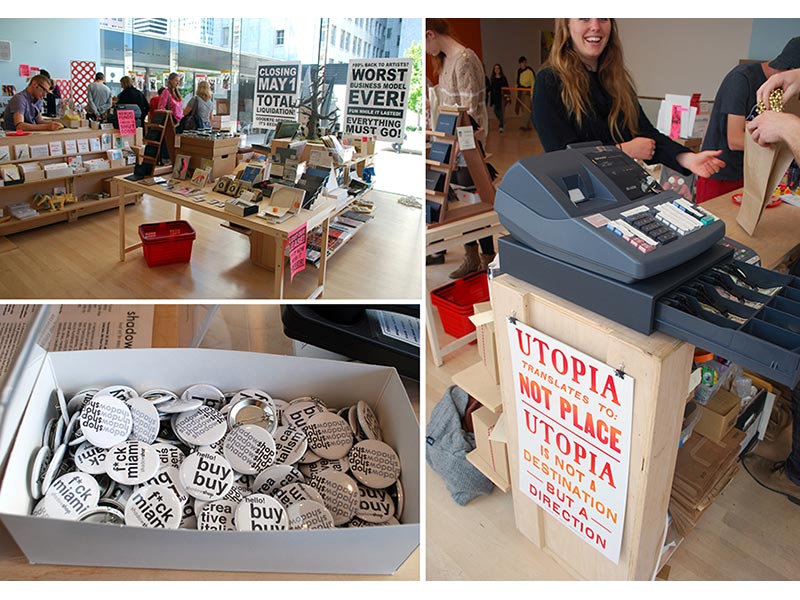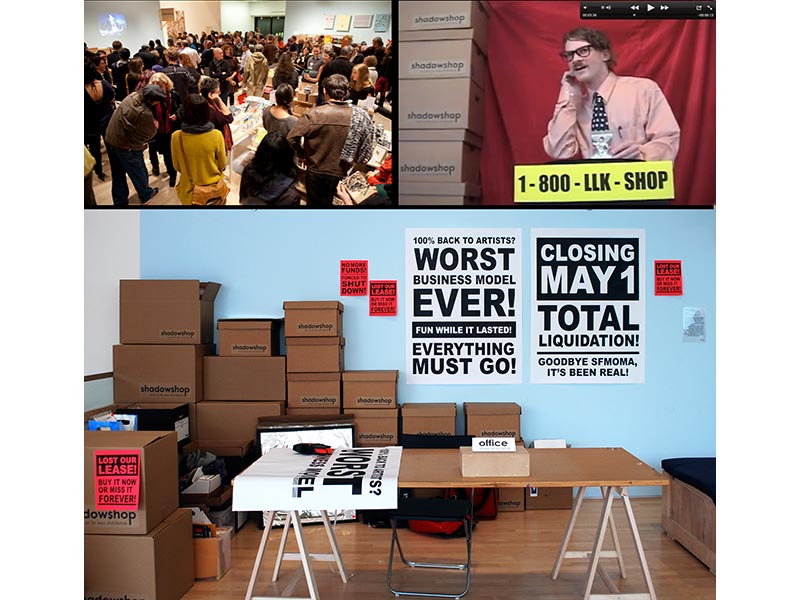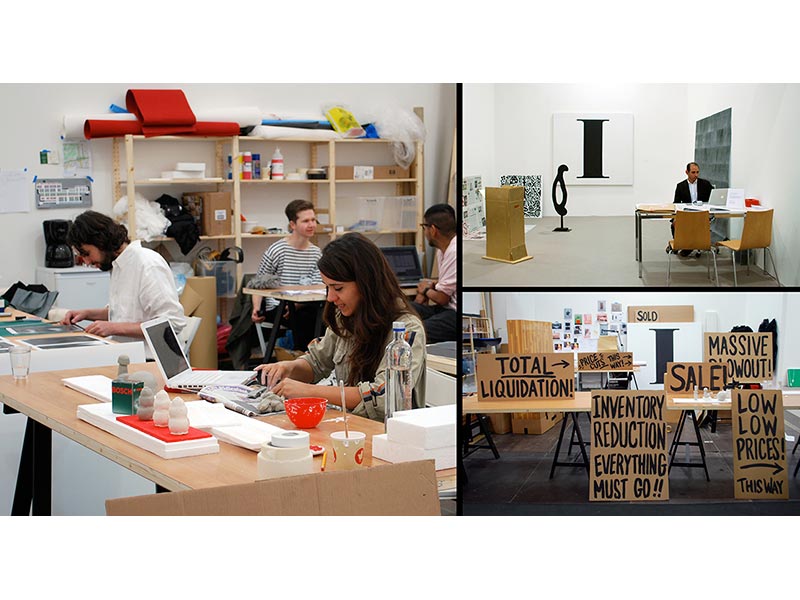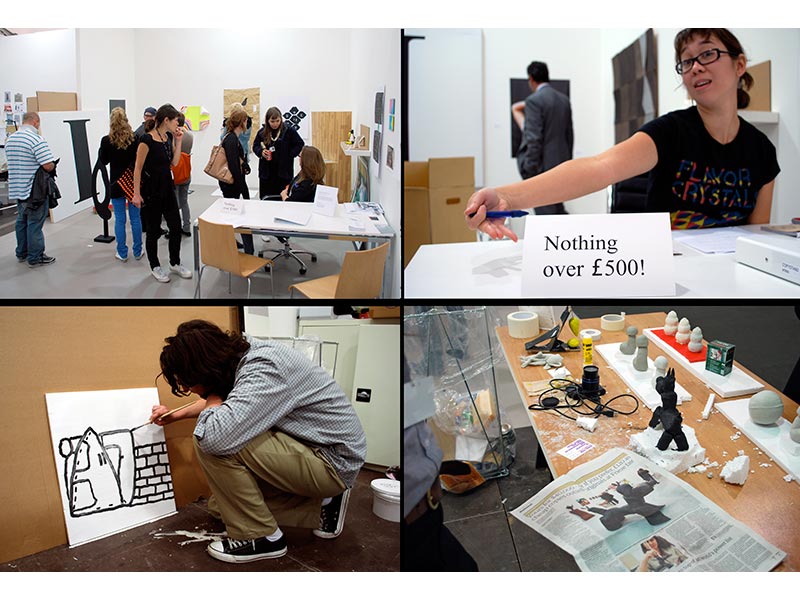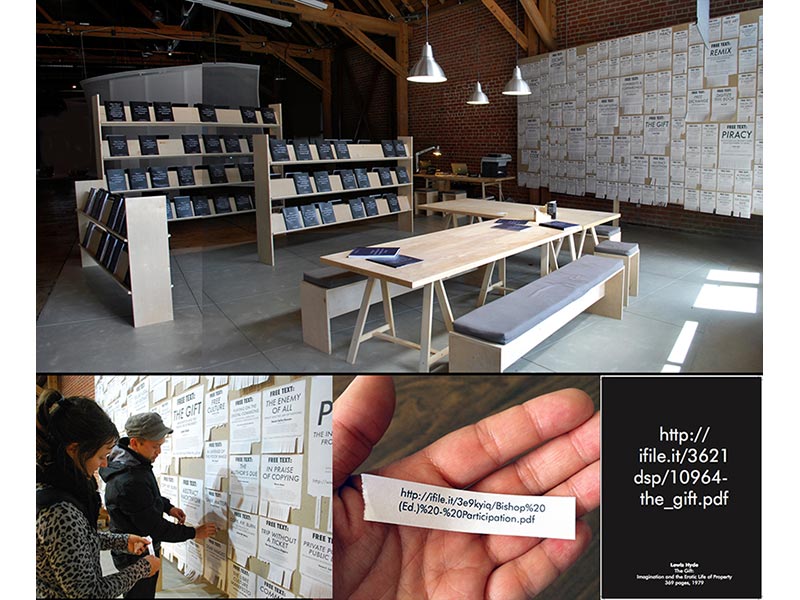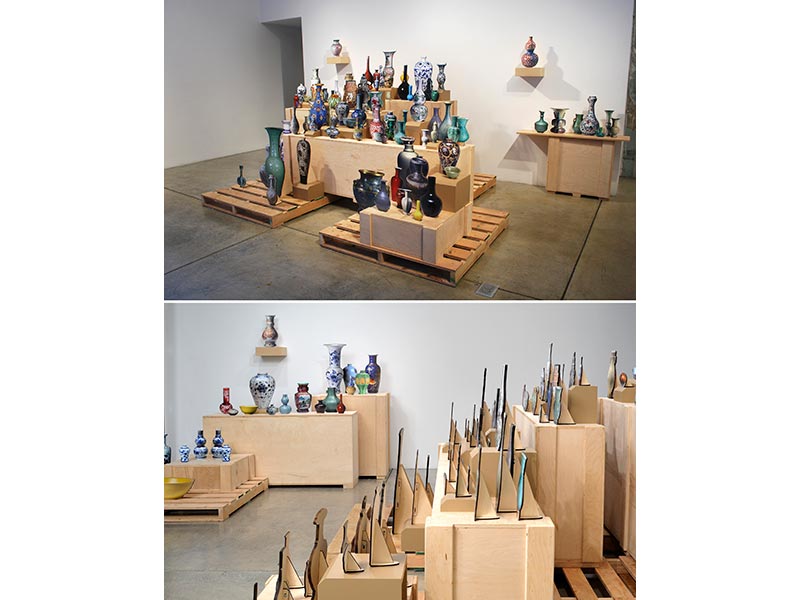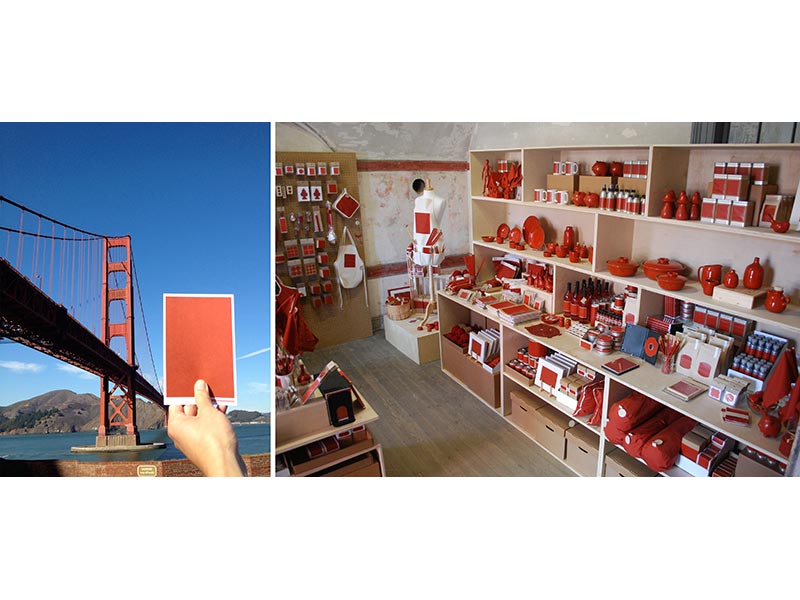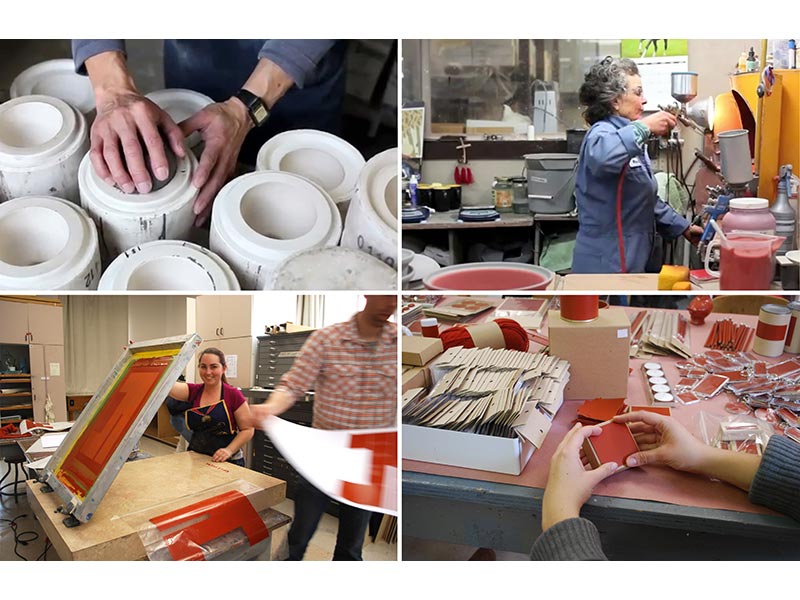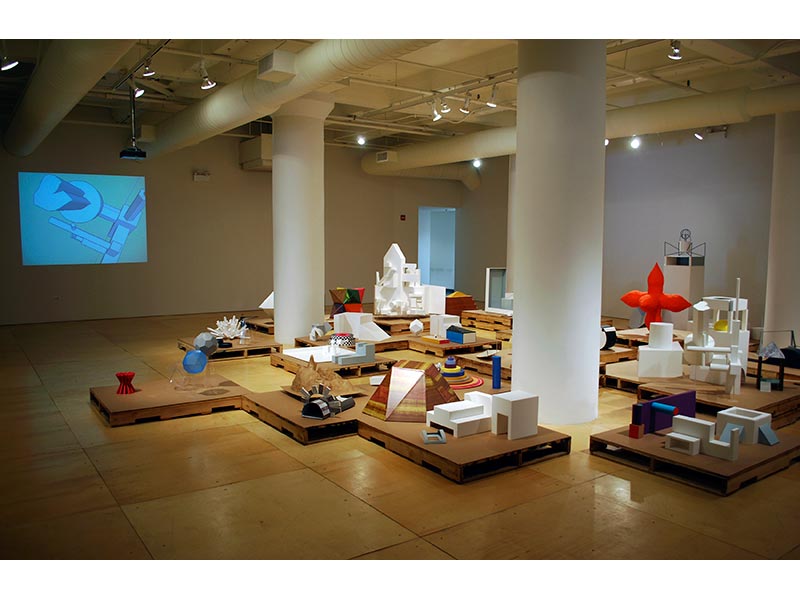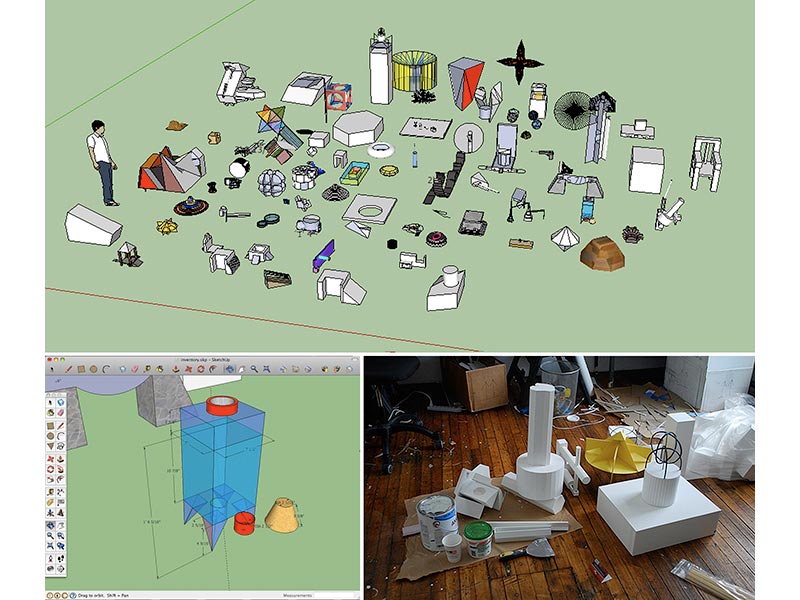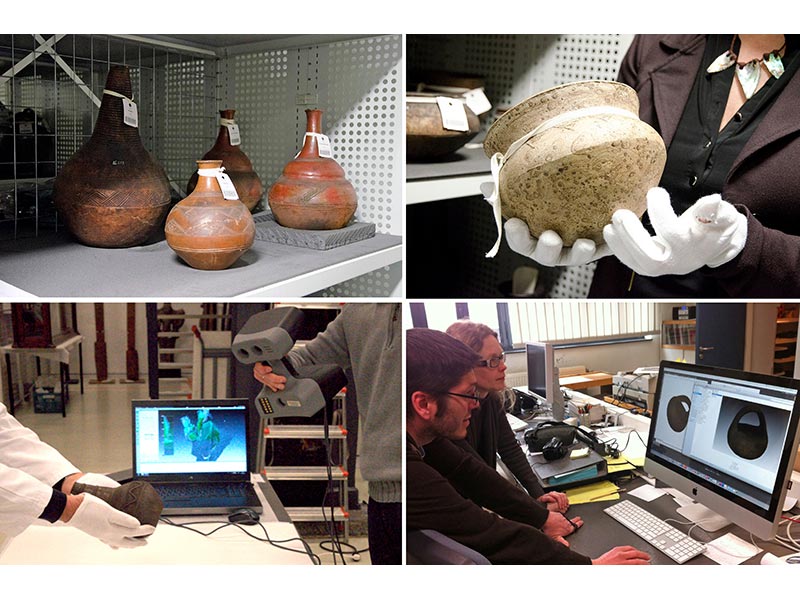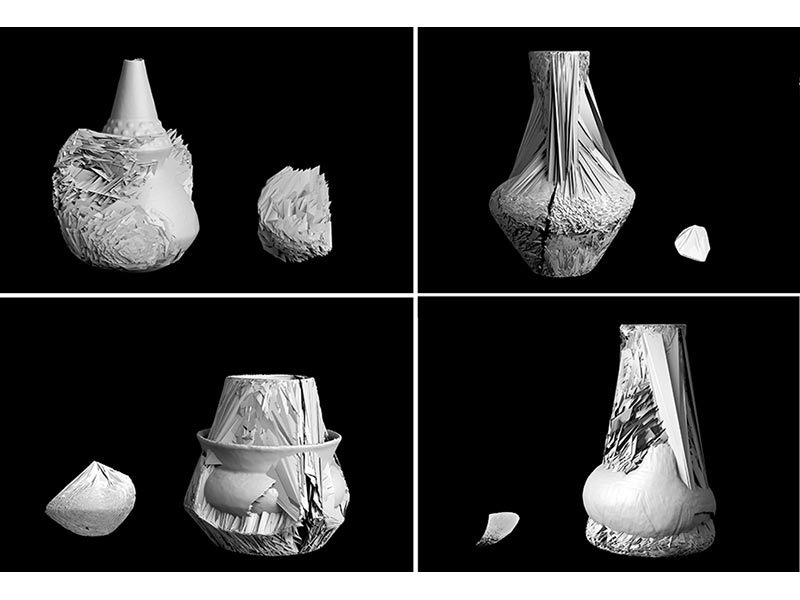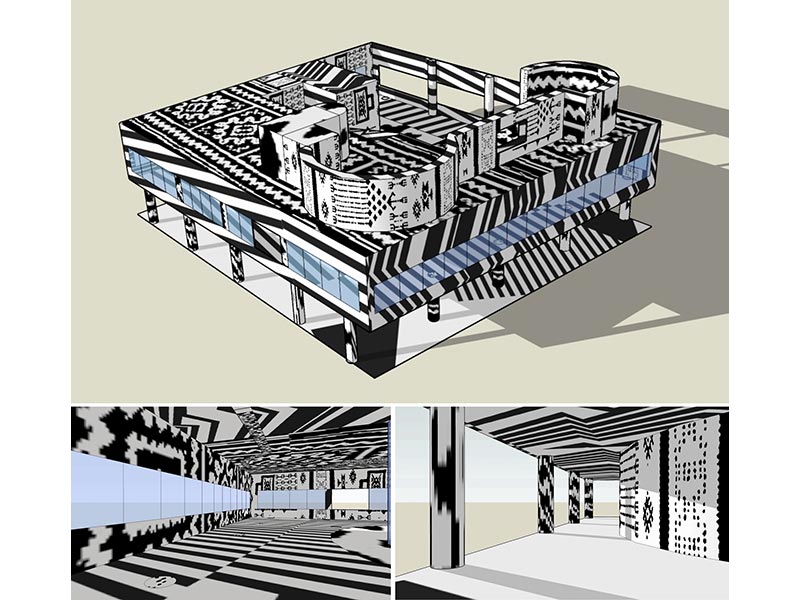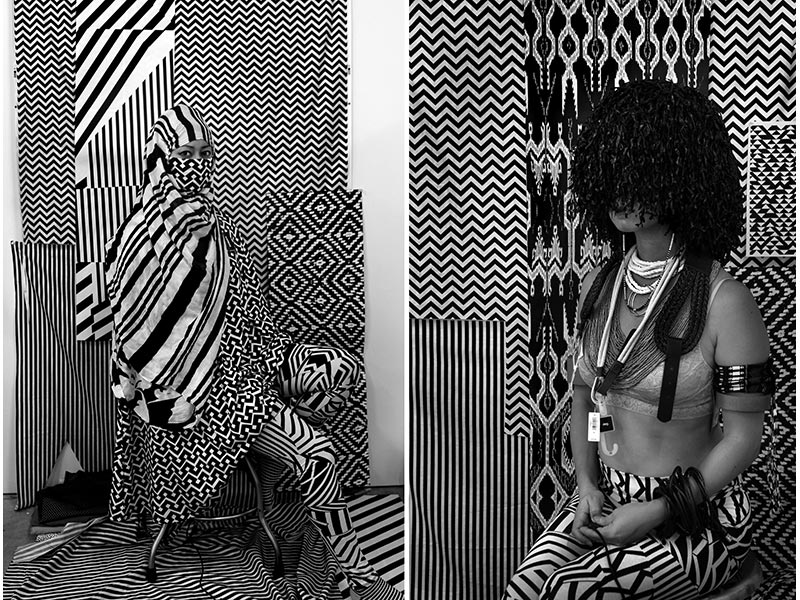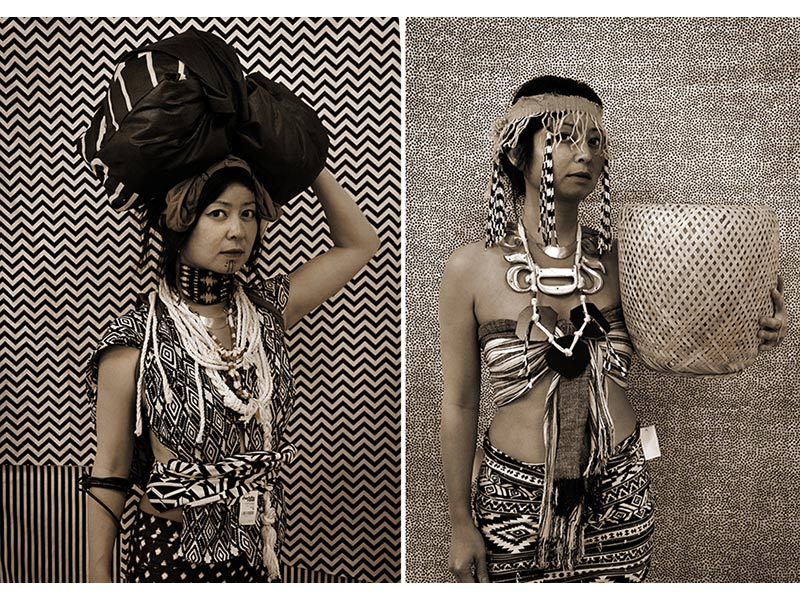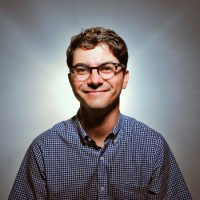Camilo José Vergara
camilojosevergara.com
For more than four decades I have devoted myself to photographing and documenting the poorest and most segregated communities in urban America. I feel that a people’s past, including their accomplishments, aspirations and failures, are reflected less in the faces of those who live in these neighborhoods than in the material, built environment in which they move and modify over time. Photography for me is a tool for continuously asking questions, for understanding the spirit of a place, and, as I have discovered over time, for loving and appreciating cities.
My focus is on established East Coast cities such as New York, Newark and Camden; rust belt cities of the Midwest such as Detroit and Chicago; and Los Angeles and Richmond, California. I have photographed urban America systematically, frequently returning to re-photograph these cities over time. Along the way I became a historically conscious documentarian, an archivist of decline, a photographer of walls, buildings, and city blocks. Bricks, signs, trees, and sidewalks have spoken to me the most truthfully and eloquently about urban reality.
I did not want to limit the scope of my documentation to places and scenes that captured my interest merely because they immediately resonated with my personality. In my struggle to make as complete and objective a portrait of American inner cities as I could, I developed a method to document entire neighborhoods and then return year after year to re-photograph the same places over time and from different heights, blanketing entire communities with images. Studying my growing archive, I discover fragments of stories and urban themes in need of definition and further exploration. Wishing to keep the documentation open, I include places such as empty lots, which as segments of a sequence become revealing. I observe photographic sequences to discover how places evolve, and to formulate questions. I write down observations, interview residents and scholars, and make comparisons with similar photographs I had taken in other cities. Photographs taken from different levels and angles, with perspective-corrected lenses, form a dense web of images, a visual record of these neighborhoods over time.
My photographic archive of poor, minority communities across the country evolved over decades. The stages can be divided according to the film and type of camera used. In the early 1970s, as a street photographer who focused on people, I used High Speed Ektachrome. Then, as I concentrated on time-lapse photography of the urban fabric, I turned to Kodachrome 64, a stable color film that came out in the mid-1970s. In combination with a small 35 mm camera, it provided me with the medium speed and fine grain emulsion appropriate for creating a lasting archive of buildings and city blocks. After it was discontinued in 2010, Fujichrome Provia 100 became my film of choice. I have used it concurrently with digital photography since 2005. For quick access to my collection I have made a selection of 2,500 digital images and archived them using Adobe LightRoom, which provides a system for organizing my digital collection according to place, time and subjects. It is also invaluable for gathering images to update, as well as to prepare articles, books and exhibitions.
After 2000 my documentation entered a new phase. I began to do web searches of words, themes, and addresses. With a simple search on Google for a particular location, I was able to find newspaper and magazine articles, religious pamphlets, student papers, announcements for conferences, and political meetings that enriched the context of my research and prompted me to ask fresh questions and take new photographs. I discovered information about people who lived in the locations I photographed, read about events such as crimes, fires, and stores and institutions coming in or abandoning the area, and learned about historical events that had taken place nearby. After the appearance of Google Maps (2005) and Google Street View (2007), these became important research tools, allowing me to revisit the locations of my photographs and to go beyond the frames of the images to explore the streets around them. Whenever in doubt about the location of an image, I search for the correct address with Google Satellite or Street View.
I am a builder of virtual cities. I think of my images as bricks that, when placed next to each other, reveal shapes and meanings of neglected urban communities.
